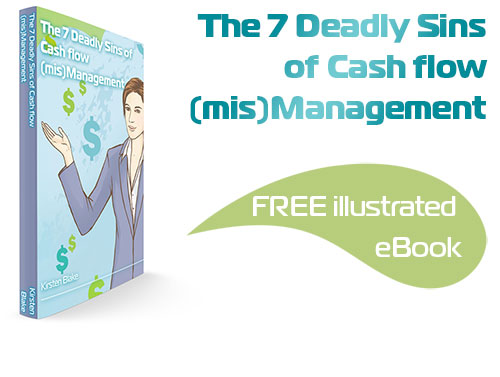

Let's Chat!
Tailoring the right solution for each business is what we are passionate about. Based on an initial chat with you, we'll be able to prepare a unique proposal for you and your business. We are based in Brisbane
Take a moment to connect with us using the form below, or call us directly on:
1300 255 337 (Mon. to Fri. 10 am - 4 pm):
The minimum percentage employers are required to pay is set to increase over time, with the next increase to 10% due on 1st July 2021. This should be considered in part, a wage increase.
What This Means for Small Business
The proportion of wages that employers must contribute to their workers’ superannuation is legislated to increase half a percent a year before reaching a final value of 12% by 2025.
The superannuation guarantee is paid in addition to base salary. For example, if an employee’s contract is $60,000 plus super, as an employer you will pay a gross income of $60,000 to the employee (less personal income tax withheld) and then make an additional $5,700 superannuation guarantee (or 9.5% of the base salary) to the superannuation fund. This worker’s total income (salary plus super contribution) is $65,700.
In this instance when the superannuation guarantee increases to 10%, an employee’s base income does not change. The employer will be required to make an additional $300 contribution to the employee’s superannuation fund (a total of $6,000). The worker’s total income is now $66,000.
Further to this, an employee on a minimum award wage cannot be paid less than the minimum rate already being paid, so therefore the SG at 10% is to be calculated on top of and without reduction to the original base amount.
Another factor to consider is if the employment agreement or other industrial relations instrument permits it, the components of an employee’s salary package can be altered to increase the SG to 10% and reduce the gross pay (before tax). It would be recommended reviewing the appropriate agreements and seek HR advice.
When the compulsory SG contribution level is increased, a business will need to adjust their payroll systems to pay the increased amount of super. If they don’t pay the correct rate of SG into employees’ super accounts by the quarterly due date, they may have to pay the Superannuation Guarantee Charge (SGC).
Manage Cash Flow
With the increase in compulsory super contributions coming out of the same business budget as wages, and all other on-costs such as workers compensation, payroll tax, PAYG and superannuation, businesses need to plan ahead to ensure they are able to afford the ongoing costs of superannuation increases?
This pending increase – and all future increases – need to be built into a business budget as to be considered part of wage increases over time. Best practice is that it is better to overestimate than underestimate. Accurate and up-to-date financial records will help a business manage cash flow.
By regularly reviewing your business’s performance, the business owner, Bookkeeper, and Tax Agent can address financial problems immediately. Assess the total employment costs of the business and add a percentage on top of the total costs to cover not just the rise in superannuation, but also any miscellaneous expenses and unforeseen blow-outs.
Every employer’s obligation to pay superannuation will increase as of 1st July 2021. This is an increased cost to business that must be considered for cashflow and budgeting purposes.

Subscribe by email and instantly get FREE Illustrated eBook. Adequate ‘positive’ cash flow is essential for the survival of any business, yet this is something that over 50% of small business owners struggle to manage.
